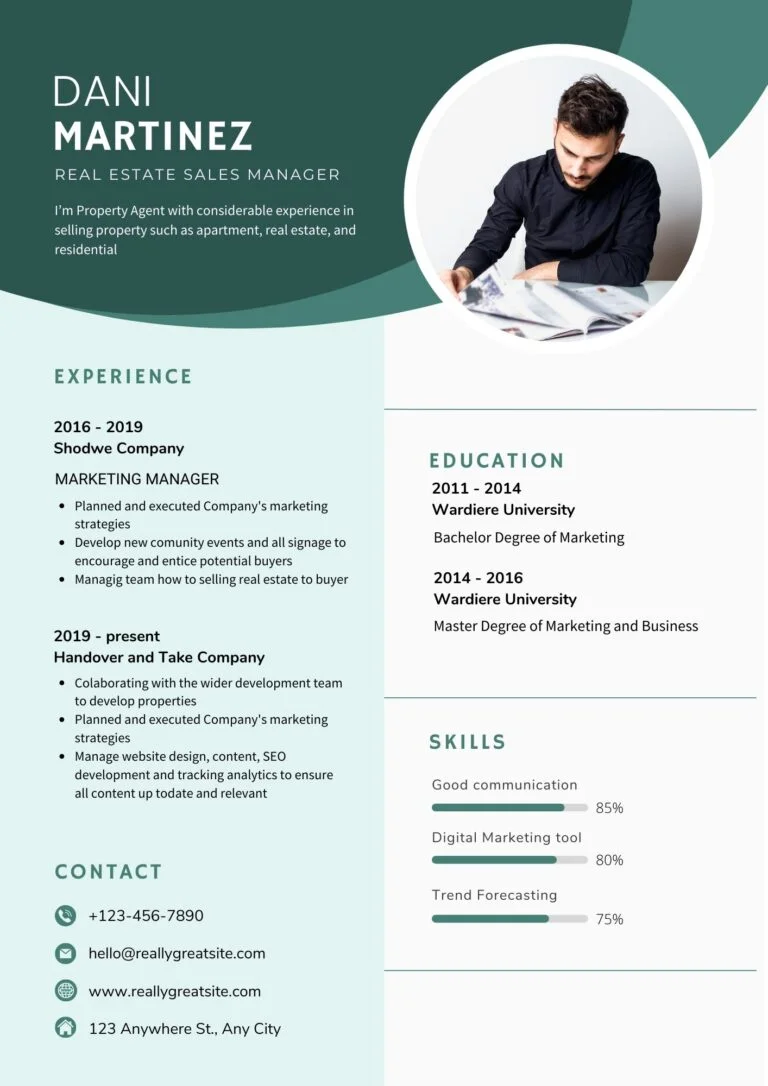
How to Write Job Wining CV – Reverse Chronological, Skills-Based, and Newcast:
There are three popular CV formats: Reverse chronological, Skills-based, and Newcast. Which one should you choose? We’ll talk about the benefits of each format, as well as the differences between them. Which one works best for you? Read on to discover what to avoid and what you should include. Then, use one of the many professional CV builders out there! Creating an impressive CV is now easier than ever. Here are a few of our favorites.

Reverse chronological format
To write a resume in the reverse chronolo
- gical format, you need to group your work experience into categories and include concrete details about the accomplishments. Describe how you lead teams, oversaw operational tasks, and managed large groups. Mention how you worked with clients to improve their operations. List specific numbers for each task. The experience section should be short, to the point, and should also include relevant training and education. You can leave out non-related jobs, such as part-time or internships.
- Using a reverse chronological format for your resume isn’t necessarily necessary, however. If you have gaps in employment, you can list those in reverse chronological order. The reverse chronological format isn’t the only choice if you’re trying to find a new job. For example, if you worked at several companies in different fields, list the most recent one first. If you worked in more than one company, you can list them all in chronological order, but only if they are relevant.
- The reverse chronological format is the most effective for candidates with steady employment histories. In these fields, an impressive recent employer and job title can make a resume stand out. Otherwise, if you’ve been out of the workforce for a long period of time, it may not be as effective. However, the reverse chronological format allows you to emphasize any significant gaps in your employment history. This format also lets you emphasize your achievements in previous jobs and positions.
- A reverse chronological format for CV is a great way to showcase your qualifications and experiences. A reverse chronological format is a popular choice for candidates with extensive professional experience. This format allows the recruiter to quickly scan through your professional history and career development. The reverse chronological format for CV is also popular in many other countries, as it allows recruiters to see your professional background and how it has benefited you. But it is important to note that the reverse chronological format for CV is not the only style for your resume.
- If you are looking to get your dream job, consider using a reverse chronological format. Recruiters tend to notice the most recent qualification first, so they’ll likely read that section more thoroughly than a reverse chronological format. A reverse chronological format is also useful for recent college graduates, who can put the education section first. However, if your educational qualifications are not recent enough, you can use the reverse chronological format for your CV. You can find the right template for your needs using these examples.
- The chronological resume section should trace your professional history. Include metrics and achievements that quantify your skills. Also, highlight additional professional strengths. But don’t include more than six skills in this section. Adding too many skills will clutter your resume and divert recruiters’ attention away from the work history section. This resume format is not for everyone, but it is one of the most common choices for job seekers. It is generally appropriate for most positions and is the most common choice for most jobseekers.
Skills-based format
- A skills-based CV format is similar to a chronological CV, except that it doesn’t list every single achievement. It should be tailored to meet the criteria of the employer or job description. Before you write your CV, read the job description again and copy down key requirements and skills required for the job. From this list, create a summary statement stating your key skills. Include this statement at the top of your CV. This section is an important part of your CV.
- To make your Skills-based CV stand out, make sure that your font is legible. Use 11-point font, with generous margins. Avoid using colours or graphics, as they may reduce the legibility of your document. You may also want to avoid using technical language – this type of language doesn’t lend itself to flowing sentences. Also, refrain from using lists and numbers unless they are directly related to your field of expertise.
- The Skills-based CV format can be particularly helpful for people with little or no employment history. Instead of listing all the jobs that you’ve held, it will highlight your skills and accomplishments. The format will help you write your cover letter more easily, but you’ll need to reiterate the key skills in the CV. Pick examples of skills you’ve mastered and make them convincing. Skills-based CVs are a great format for graduates and job-hunters.
- For graduates with little or no work experience, the Education section should be placed above the work experience section. Include relevant academic achievements, such as specific modules you have studied. Including extra sections isn’t necessary, but it can help strengthen your credentials and position yourself as a quality candidate. A few examples of extra sections might be languages, hobbies, and interests, or projects. If you haven’t yet graduated, a skills-based CV will make your resume stand out among many others.
- The Skills-based CV format includes your employment history at the bottom. By focusing on your skills and achievements instead of your previous positions, it will be easier for employers to identify your value as a potential employee. In addition, if you have limited work experience or a job history that doesn’t directly relate to your career goals, a skills-based resume format will be more relevant to you. It is also an excellent choice for recent graduates and career changers.
- After you have listed your skills, you should write a brief description of your experience for each. You should use these as subheadings. Be specific about your skills and achievements, and use your experience to illustrate them. Your CV should always be updated and up to date, so use the Skills-based format when applying for a new job. Then, remember to mention your relevant keywords and skills. It’s time to get the ball rolling!
Newcast format
The Newcast CV format is a classic resume style with plenty of room to showcase your skills. It’s best for business or medical crew, and it features a clean, eye-catching look that makes your achievements stand out. A simple, yet eye-catching layout allows you to highlight your work history and education, as well as your name and social profile links. Here’s a quick overview of the Newcast resume format. If you’d like to learn more about it, check out this guide.
Trending CV Formats






Previous
Next